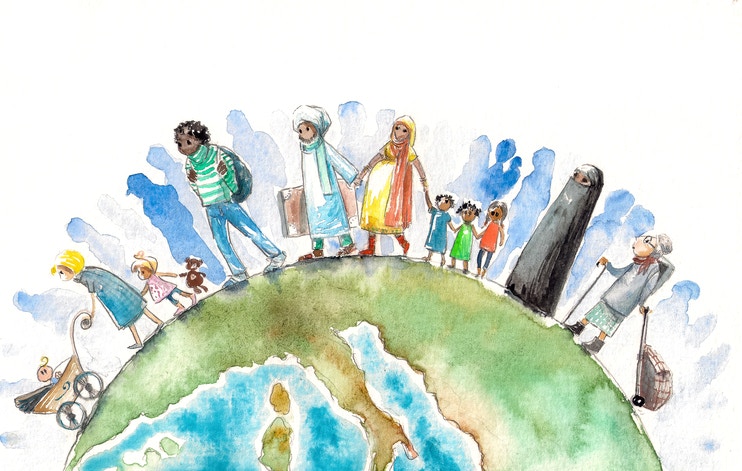Most of us are forced to follow the Daylight Saving Time scheme, even though it's "wasteful and unnecessary."
In theory, when we set our clocks back before going to bed, we'll gain an extra hour to sleep in. But here's how this looks to parents:
PRO We parents gain an hour to sleep in on Sunday morning. (Or realistically, lay in bed and stare at our iPhones).
CON Clocks and time changes be damned, our kids are going to wake up when they wake up.
PRO Since Halloween and trick-r-treating happens just hours before the clocks fall back, kids may be tired out and want to sleep in.
CON Who am I kidding? There's tons of candy in the house. The kids are getting up.
PRO One of the best ways to quickly adapt to a time change is to stick to your typical schedule. This means having a normal family Sunday.
CON A normal family Sunday.
PRO The end of DST is a good reminder to change batteries in smoke detectors and clear out old canned goods and other stale pantry items.
CON Buying new batteries, climbing ladders, and throwing out canned goods from 2011.
PRO The early hours of darkness help kids get to sleep earlier.
CON The early hours of darkness turn grownups into pale homunculi.
Consider Changing Your Kid's Sleep Schedule Now
Some parents gradually adjust their kids sleep schedule over the week leading up to the end of Daylight Saving Time.
These parents shift their kid's sleep schedule later by 15 minutes every couple of days, so the kids end up with a later bedtime and a later wake-up time. By the time the clock changes, the kids are already on the new schedule.Other parents find that the gradual approach is more disruptive than just dealing with the time change when it happens.
It's inevitable that it takes a few days to adjust fully, so my family simply sticks with our normal sleep schedule and deals with the ensuing fuzziness.



